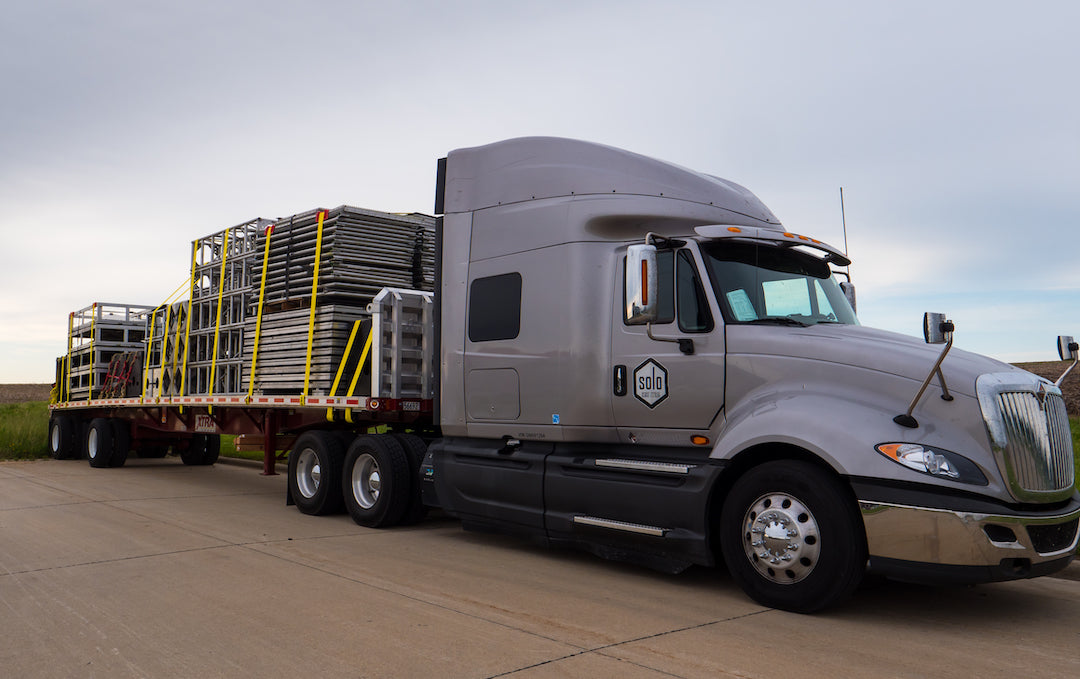CoyPatton
Veteran Member
- Joined
- Aug 10, 2015
- Messages
- 1,482
- Location
- Poplar Bluff, MO
- Tractor
- Yanmar YM2002D with Koyker 110 FEL
In order to meet DOT requirements (in my opinion the only way to not be in a fight with your insurance if you file a claim) you need 4 separate connections for the vehicle and 1 for each implement and and attachment. My guess is you would need 6.I plan on one chain through a clevis on the draw bar and just ratchet straps on the front axle.
Now which to use? Straps or chains?
Personally I use a combination of both and axle straps. My axle straps have a reinforced “padding” on them and these I put through my rear wheels and around my front axle the attach straps. On my loader and implements I use chains because of sharp points. You can get padded protectors for straps, but they are a pain in my opinion.
i think you are low on your weight, because I suspect your 3000lbs for your tractor is without fluids. But that is more of a concern related to your trailer capacity than your tie downs. 5/16 chain with a WWL of 4700lbs times 4 chains is well beyond what your tractor with fluids will weigh.
Good luck with your transporting your tractor!
